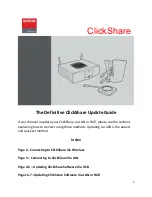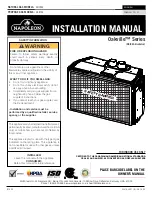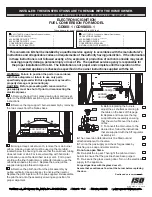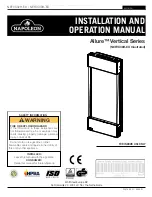
Harness User’s manual
S
UP’AIR
_
ACCESS AIRBAG
Page 23
SUP’AIR manufactures its harnesses in Europe. Most of the components used are Made in Europe.
ACCESS AIRBAG
In flight.
Speedbar use.
Once in flight, the ACCESS AIRBAG harness becomes very instinctive to use and stable.
Set the distance between the two carabiners according to the aerology of the moment, and the wing manufac-
turer’s recommendations.
W
e recommend using the speed-bar cautiously due to the increased risk of a partial or full frontal collapses.
Use the speed-bar/accelerator ( transitions ) only when far away from the ridge and in calm weather conditions as the wing becomes
more sensitive to turbulence when accelerated. If you feel a loss of tension in the speed-bar/accelerator, stop pushing it and apply a
light brake pressure on the toggles to prevent the glider from experiencing a potential frontal collapse.
Beware not to push on the speed-bar/accelerator to enter the harness after takeoff ( it is not a foot-rest ) or there could be the risk of a
frontal collapse taking place as a result.
To use the speed-bar/accelerator, backpedal and grab the bar with the back of your shoe, push and use the second foot to stabilize
it or to grab the second bar.
Apply pressure symmetrically to the first stage ( first bar ), when reaching the maximum enabled distance then push on the second
stage ( upper bar ). To decelerate, reverse the procedure.
Tightening the chest-strap provides more stability but less piloting efficiency while increasing the risk of riser twisting.
On the contrary loosening the strap provides more efficiency but can be dangerous in turbulent aerology (increased risk of falling
towards the collapsed side of your glider).
Flight phases.
Landing
Always be certain to have enough altitude to make a landing approach corresponding to the weather conditions of the moment
and terrain. During the landing approach, never make hasty maneuvers. Always land upwind in a standing posture and be ready to
run upon touchdown if necessary.
During your final approach, use as much airspeed as possible based on the weather conditions of the moment, then gradually reduce
the glider air speed by pushing the toggles all the way down until contact with the ground is made. Beware not to brake too soon and
too rapidly and too deep which could lead to a stall and a dangerous landing.
During high wind speed landings, turnaround and face the wing as soon as ground contact is made and move toward the wing
while braking symmetrically to deflate it.
Do not land in a seated position as it is dangerous.







































